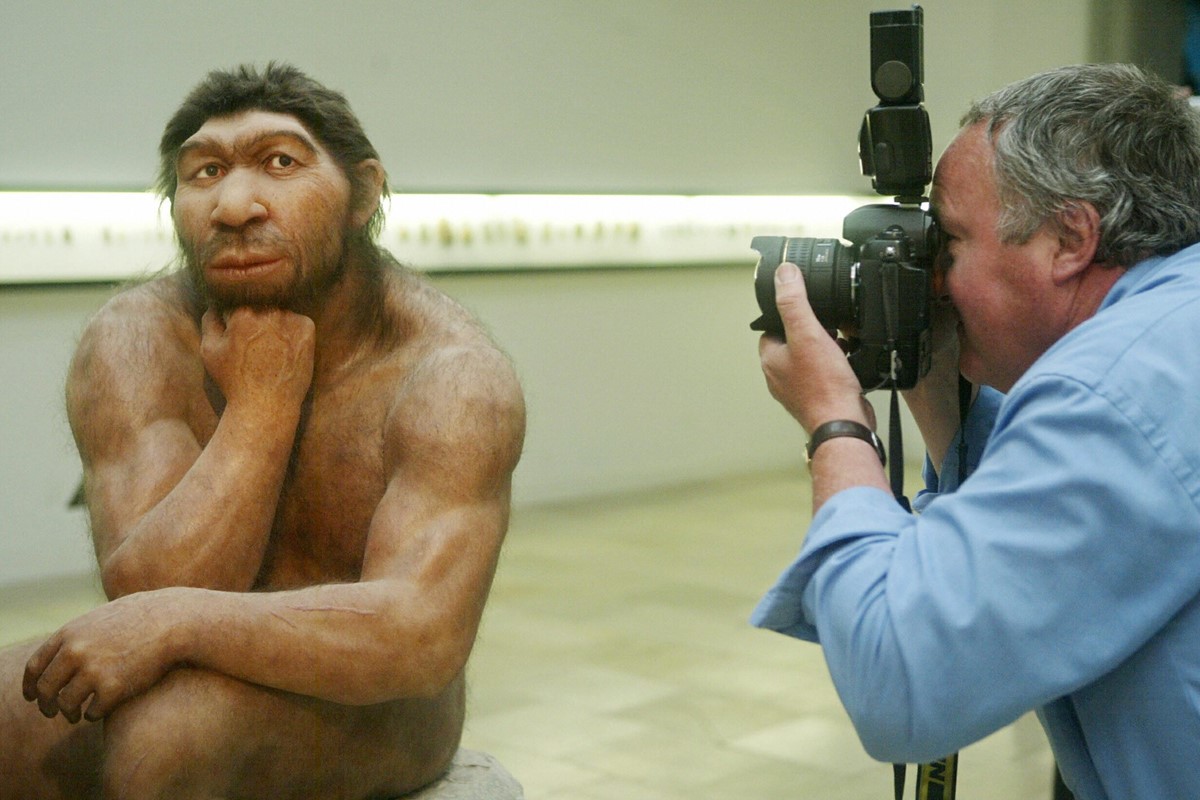Nowadays, it’s hard to imagine a time before social media told us what aesthetic to choose and when, with each -core and -girl offering up a seemingly infinite number of micro-trends at our disposal. Perhaps you’re a coquette girly with a penchant for satin pink bows? Or maybe your friends won’t stop talking about Margiela’s magical couture show last week? At any rate, it’s no secret that internet aesthetics are in constant flux, which is clearly fun – like, who doesn’t want to mod their aesthetic like a videogame character changing skins? Sure, the sudden turn from Barbiecore to Mob Wife Aesthetic is a dramatic one, and the digital churn definitely has something to do with brand’s wanting to sell us stuff, but if dressing like an extra from The Sopranos is going to save you from post-capitalist bed rot, who am I to tell you otherwise.
Today’s trend cycle is churning at warp speed, but signalling your social status through fashion is hardly a new thing. According to a new study, jewellery was just as important for showing your allegiance to different cultures in ancient Europe as it is for various subcultures today.
The study, published in Nature Human Behaviour, demonstrates the existence of nine lost civilisations living across Europe between 34,000 and 24,000 years ago, and reveals the prominent role artefacts played within society. The report focused on people who archaeologists had previously thought had belonged to a single group of Ice Age hunter-gatherers called the Gravettians. Yet after analysing a database of more than 130 personal ornaments from Gravettian burial and housing sites across Europe – ranging from carved ivory and amber pendants, beads made from coral, and even accessories made using human bones – they discovered totally different groups distinguished not by DNA, but what jewellery they wore.
“The artefacts tell us that there were clear differences within the archaeological entity which we call the Gravettian,” Jack Baker, the co-author of the study, tells Dazed. “We know that raw material availability had some role in which ornaments people wore, but it was not the only factor. Climate would have affected this to some extent, though we know that material was moved around the continent so it wouldn’t have been a major problem!”
Of all the research on the Gravettian, this latest study suggests much more cultural diversity than first thought. This is particularly interesting when you consider the role of jewellery within a given society – it doesn’t serve any survival purposes, but rather signifies a person’s family ties or social status. “The way people all around the world today adorn themselves, be it in jewellery or fashion brands, denotes both to which culture one belongs and sometimes one’s place within it,” agrees Baker. “Jewellery was used to transmit social and cultural information, much like today.”

